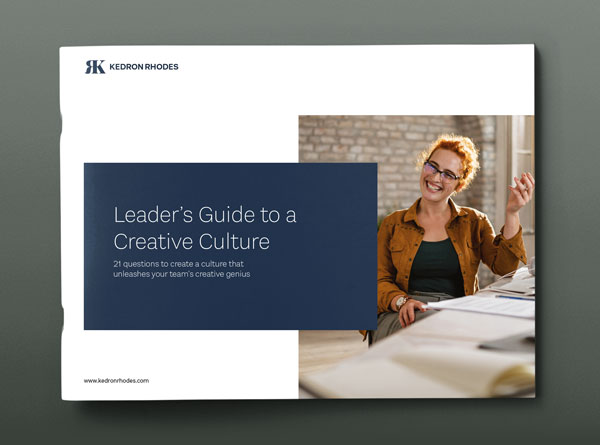Strategic Customer Focus
Balancing Immediate Feedback with Long-Term Goals

While maintaining a customer-centric approach is undoubtedly essential, an overemphasis on immediate customer feedback can inadvertently hinder long-term strategic thinking. To truly thrive, product leaders must strike a delicate balance between customer focus and strategic foresight, ensuring sustainable growth and a lasting competitive advantage.
Giving Voice to Customer Insights
Developing a deep understanding of your customers is the bedrock upon which successful products and services are built. However, it’s crucial to go beyond merely listening to what customers say they want and instead delve into their true, underlying needs.
I once had the opportunity to work with a company that was obsessed with customer feedback. Every new feature, every minor tweak, was based solely on the latest customer surveys. Initially, this approach seemed like a solid strategy, but we soon noticed a pattern emerge: short-term gains would be followed by periods of stagnation. By fixating solely on what customers were vocalizing, we missed crucial opportunities to anticipate market shifts and emerging needs. It wasn’t until we started analyzing broader market trends and integrating strategic foresight into our decision-making that we truly began to innovate effectively and sustainably.
How can you leverage customer insights to not only meet current demands but also anticipate future needs?
Prioritizing Customer Lifetime Value
Customer lifetime value (CLV) should be a key metric guiding your customer-centric strategies. Success isn’t measured solely by immediate sales but by fostering long-term relationships that generate sustained revenue and loyalty.
During my tenure working with a distribution company, we made the strategic decision to shift our focus from short-term sales to enhancing customer lifetime value. We started offering value-added services and prioritized exceptional customer support. This shift not only improved our customer retention rates but also increased our revenue from existing customers. By focusing on CLV, we were able to build deeper, more profitable relationships with our customers.
How can you enhance your customer relationships to increase their lifetime value?
Forging a Continuous Feedback Loop
Creating a continuous feedback loop is essential to ensure that your products and services evolve in lockstep with customer needs and market trends. However, it’s crucial to balance this with strategic objectives and long-term vision.
I vividly recall a time when our team implemented a robust feedback loop system. We gathered continuous feedback and rapidly iterated on our product. However, without the guiding light of strategic oversight, we found ourselves constantly firefighting and making short-term fixes. By integrating strategic reviews into our feedback process, we were able to strike a harmonious balance between immediate customer needs and long-term vision, resulting in a more coherent and successful product strategy.
How can you balance real-time customer feedback with strategy objectives to ensure sustainable growth?
Unlock your organization's hidden innovation potential
The Leader's Guide to a Creative Culture: Discover where your company's untapped creative capacity lies.
Get your free guide
Actionable Advice
- Use Customer Insights to Forecast Future Trends and Needs:
- Analyze customer feedback through the lens of broader market trends.
- Conduct regular strategic reviews to anticipate future customer needs.
- Enhance Customer Lifetime Value:
- Develop programs and services that foster long-term customer relationships.
- Prioritize exceptional customer support and post-purchase engagement.
- Create a Continuous Feedback Loop:
- Implement systems for gathering continuous customer feedback.
- Regularly review feedback within the context of strategic goals and market trends.
Conclusion
Striking the right balance between a customer-centric approach and strategic foresight is essential for long-term success. By developing a deep understanding of customer needs, anticipating future trends, focusing on customer lifetime value, and creating a balanced feedback loop, product leaders can pave the way for sustainable growth and maintain a lasting competitive edge.
Mini-series

Aligning Product Objectives with Corporate Strategy
Strategic insights to help product leaders align with corporate strategies.
- From Feedback to Foresight
Elevating Product Strategy with Competitive Intelligence - Aligning for Success
Synchronizing Product Goals with Corporate Strategy - Strategic Customer Focus
Balancing Immediate Feedback with Long-Term Goals - Innovate to Differentiate
Creating Unique Value in a Competitive Landscape - Maximizing Product Impact
Connecting Product Objectives to Organizational Strategy




